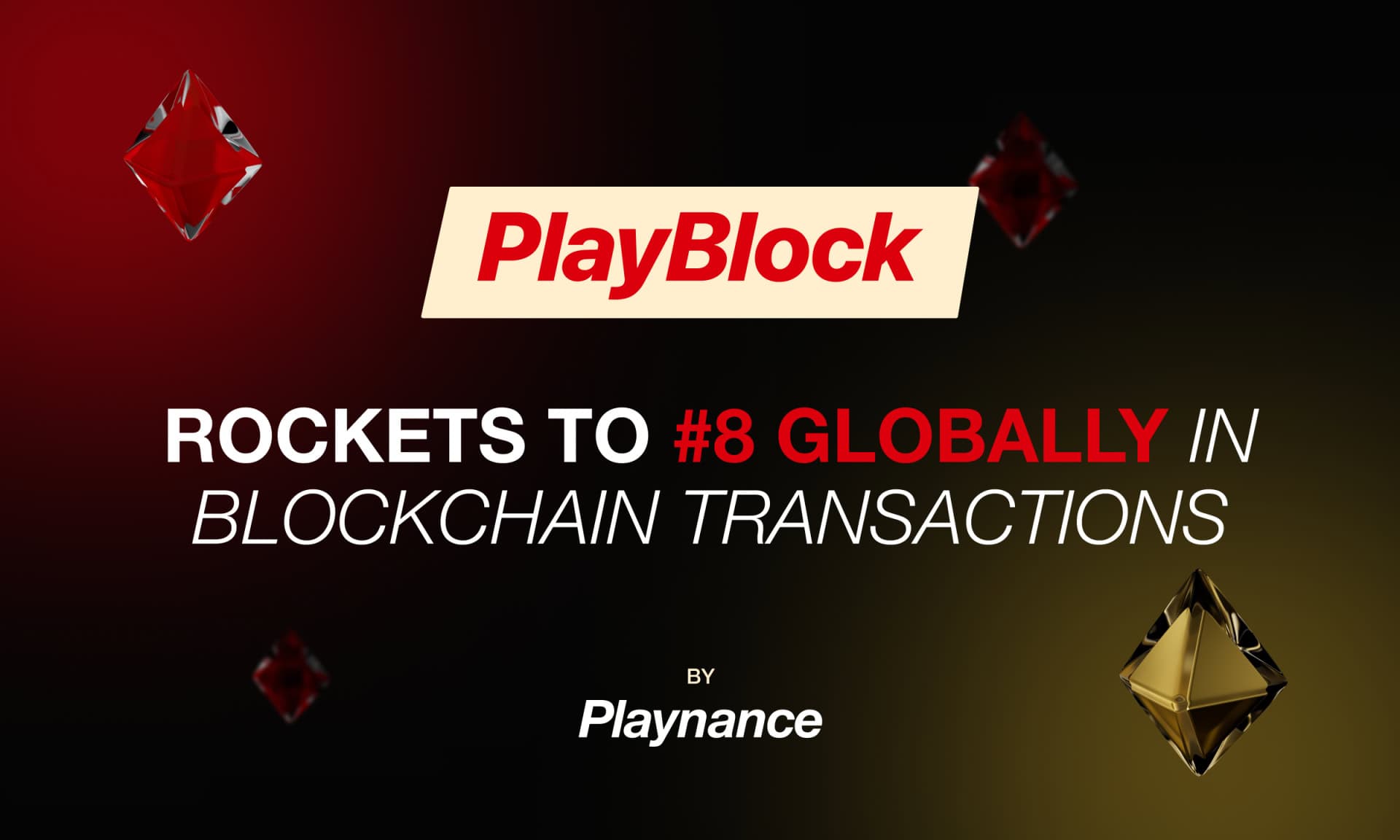After 2.5 years of development, the multichain dApp protocol Astar was launched on January 17th, and now secured a $22 million funding round.
Previously known as Plasm, the Astar Network will be launched on the Polkadot parachain, meaning that the network will support two separate machines – the Ethereum Virtual Machine (EVM) and WebAssembly (WASM). With that being said, the network will move towards the WebAssembly machine in due course.
The strategic investment into the Astar Network, led by Polychain, was backed by other large players in the blockchain industry including Alameda Research, Crypto.com Capital, Alchemy Ventures, GSR, Scytale Ventures, Digital Finance Group, Injective Protocol, Vessel, a number of angel investors, and executives from Parity Technologies and Web3 Foundation.

Did you know?
Want to get smarter & wealthier with crypto?
Subscribe – We publish new crypto explainer videos every week!
Astar will be the first ever network that rewards developers for building smart contracts and creating the network’s infrastructure. This build-to-earn model will reward devs with $ASTR tokens based on their achievements and performance on the network.
Polychain Capital’s Partner Ben Perszyk spoke about the incentives that came with the fundraiser, stating:
“Astar is making a highly competitive bid for new developers to the Polkadot space, and we’re excited to be partnering with them. The project’s focus on including additional WASM-compiling languages in their EVM’s compatibility should help attract development in many more programming languages, and their dApp staking platform represents an innovative new approach to bootstrapping and funding an emergent ecosystem.”
Astar Network offers Polkadot, Solidity contracts, Layer-1 bridges like Multichain and Celer Network that devs can use on the platform. Other L1 bridges are expected to launch in the upcoming months, with a full package of bridges to be released at the end of the year.








